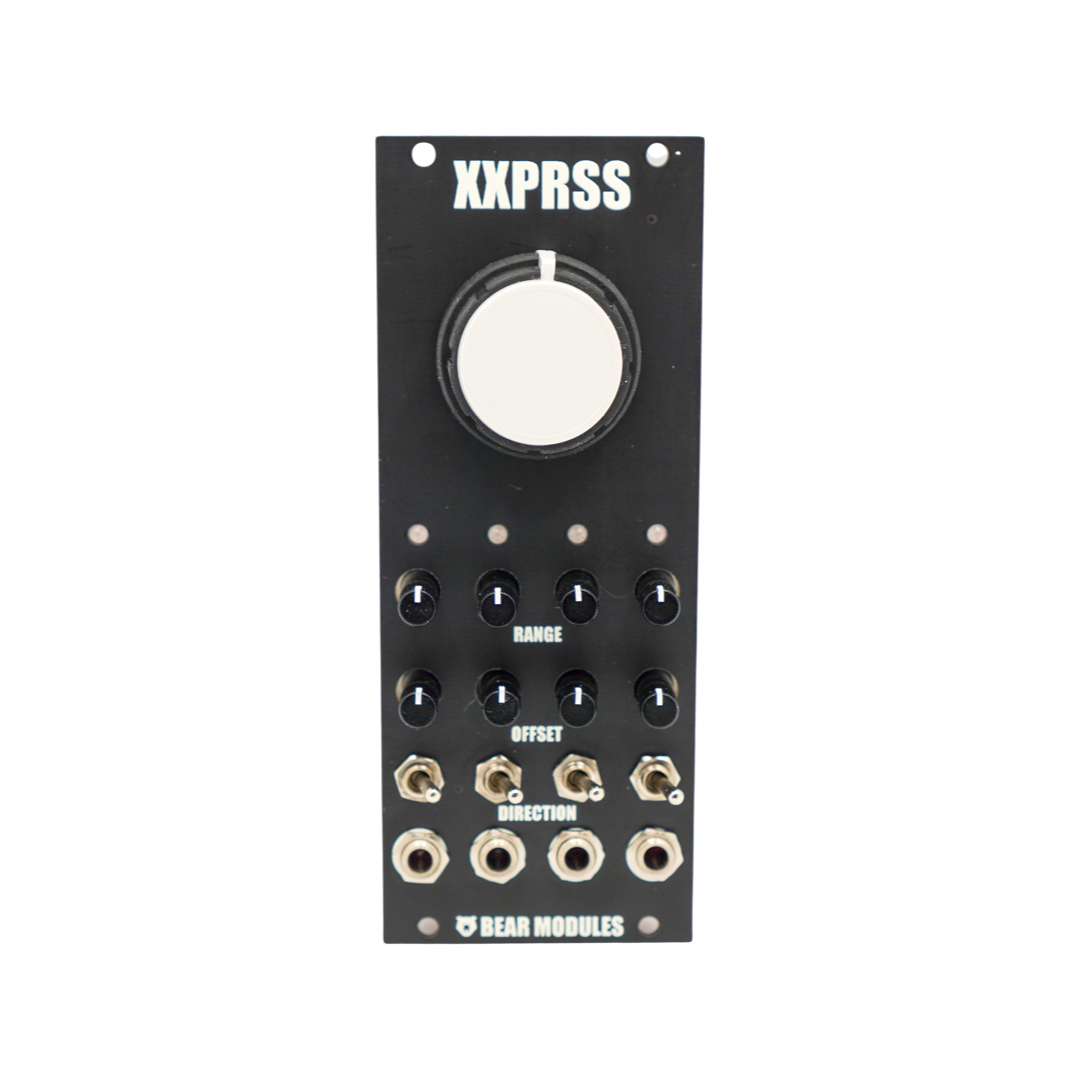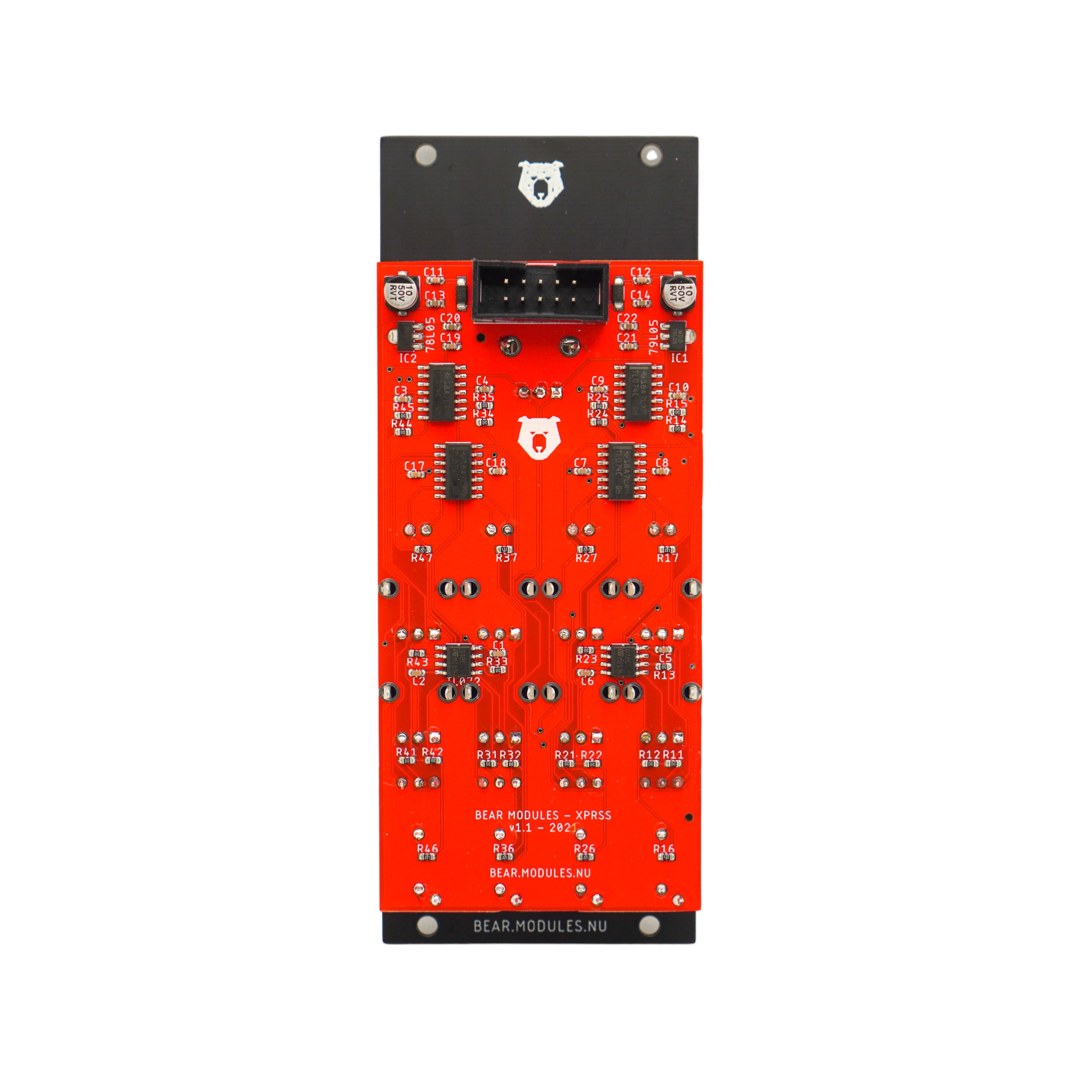 Image 1 of 5
Image 1 of 5

 Image 2 of 5
Image 2 of 5

 Image 3 of 5
Image 3 of 5

 Image 4 of 5
Image 4 of 5

 Image 5 of 5
Image 5 of 5






RLFO by Takaab (Siam Modular) - Random LFO - Noise, LFO, S&H
The all analog Takaab RLFO is based around a Sample & Hold circuit, but it also features a built-in LFO (which can be used as a clock) and a noise circuit; two of the most common signals that you find yourself regularly patching into a Sample & Hold.
The LFO has two outputs, Square and Triangle with the Square being internally normalised to the clock input of the S&H. Likewise the noise - which is near to white noise with some roll-off at the top and bottom of the audible frequency range - is normalised to the signal input of the S&H. This means that without any external patching the RLFO will output a random, stepped voltage. Furthermore a slew circuit on the output can soften these steps for more gradual or wobbly control voltages.
You can sample any external signal, be it audio or CV by inputting it into the SIG IN. Similarly an external clock, gate or trigger signal in the CLK IN jack will replace the internal clock in triggering the sample points of the S&H. When external signals are input into the CLK IN and/or SIG IN then the internal LFO and Noise of the RLFO can still be used independently from the Sample & Hold.
The all analog Takaab RLFO is based around a Sample & Hold circuit, but it also features a built-in LFO (which can be used as a clock) and a noise circuit; two of the most common signals that you find yourself regularly patching into a Sample & Hold.
The LFO has two outputs, Square and Triangle with the Square being internally normalised to the clock input of the S&H. Likewise the noise - which is near to white noise with some roll-off at the top and bottom of the audible frequency range - is normalised to the signal input of the S&H. This means that without any external patching the RLFO will output a random, stepped voltage. Furthermore a slew circuit on the output can soften these steps for more gradual or wobbly control voltages.
You can sample any external signal, be it audio or CV by inputting it into the SIG IN. Similarly an external clock, gate or trigger signal in the CLK IN jack will replace the internal clock in triggering the sample points of the S&H. When external signals are input into the CLK IN and/or SIG IN then the internal LFO and Noise of the RLFO can still be used independently from the Sample & Hold.














